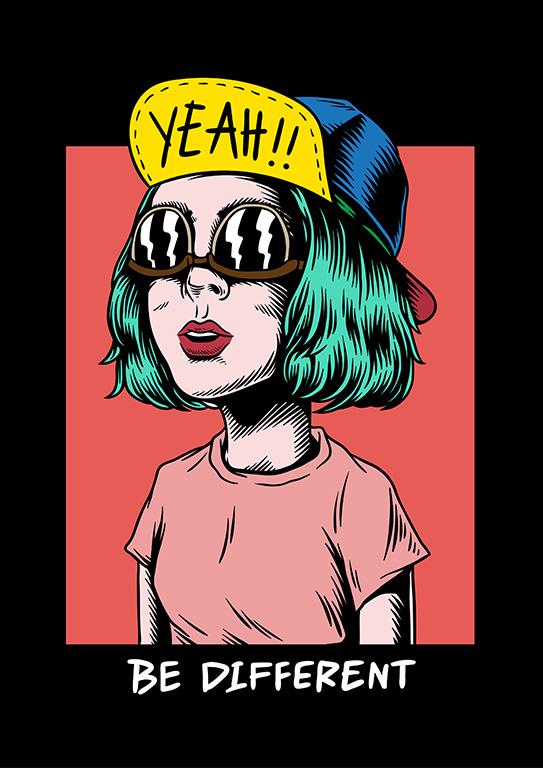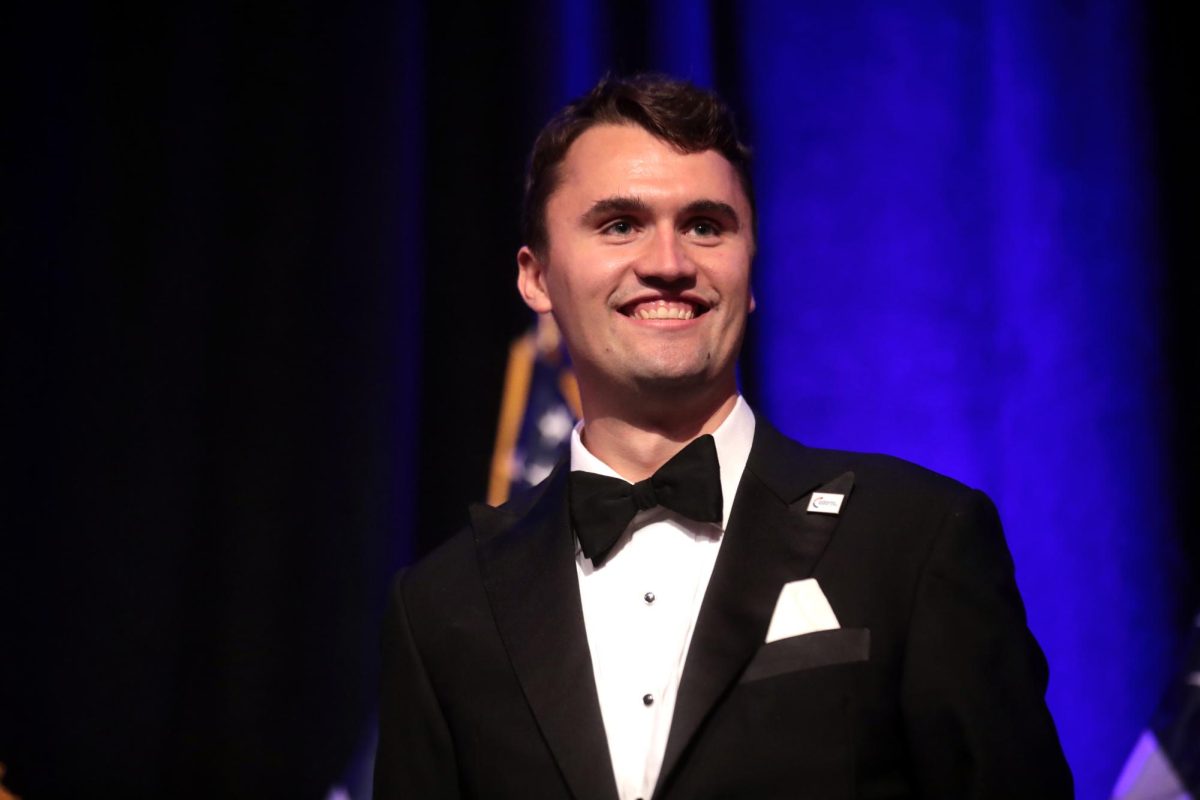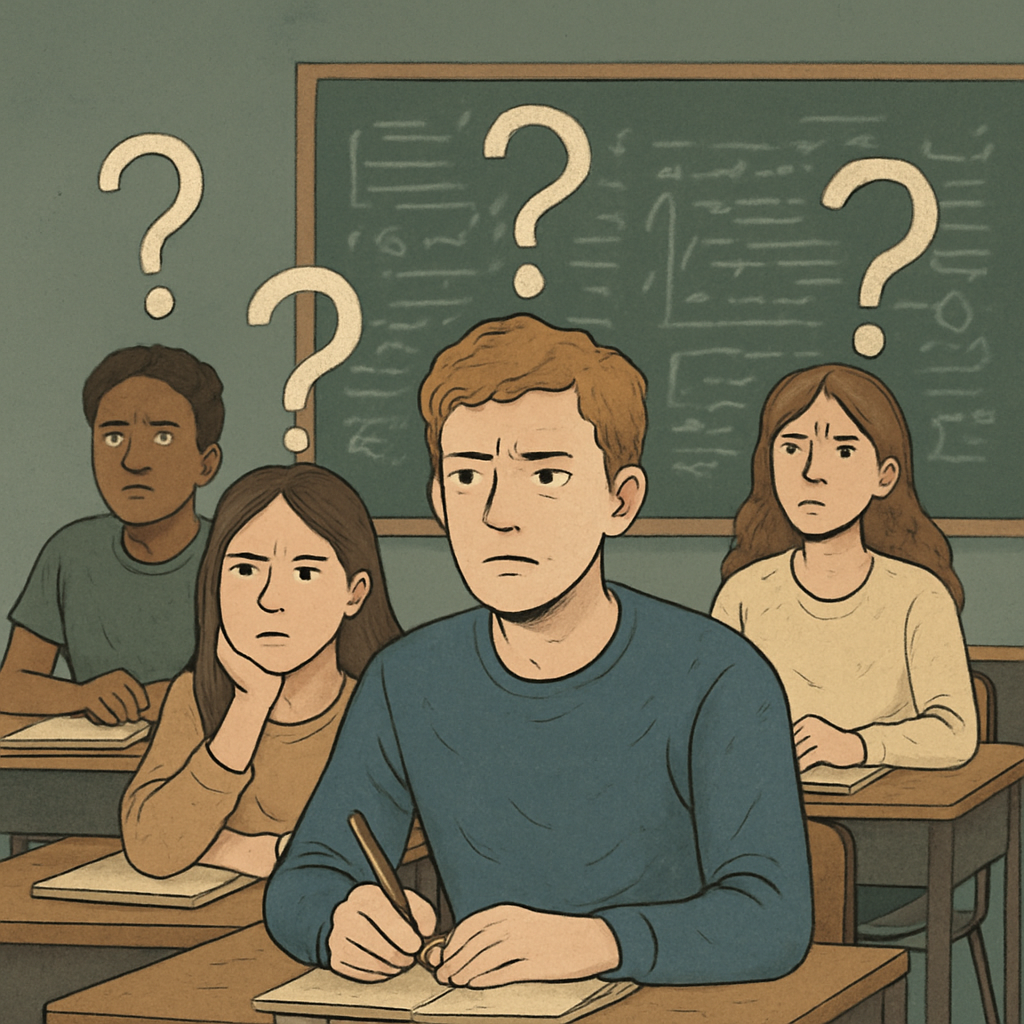There is a problem with the way we think about mental health in the United States.Â
It not only explains our failure to solve mental health crises, but also stymies efforts to address the origins of some of our largest and most costly mental health issues. Â
This disparity comes from the philosophical debate about the nature of what or who we are treating. In one camp we have biomedical science, meaning that we, the patients, are a series of biological processes that can be “cured†by understanding, adjusting, or fixing those processes. Another point-of-view is that our mental well-being is a mix of nurture.
Understanding the behavioral adaptations we make on a continuum much like we are coming to understand identity and sexual orientation is a more useful way to view those adaptations.

That mental health or, more accurately, our social and emotional well-being1 is determined by environment, our relationships, our place in the world, by our past and by our relationship with nature. This camp is more attuned to the idea that there are a large number of variants that impact our well-being, and that understanding the behavioral adaptations we make on a continuum—much like we are coming to understand identity and sexual orientation—is a more useful way to view those adaptations.
This disparity in approach and thinking allows for a failure in addressing mental health and related issues, and serves to promote an already bloated medical industrial complex that tends to treat everything with either a pill or a knife.2Â The solutions we seek are served better by adopting an understanding of mental issues as behavior on a spectrum or continuum, rather than a binary: sick or well. The people we identify as outliers may not need fixing, but rather it is we that dwell under the cap of the bell curve who can learn from this group by searching their perspective for the wisdom it may hold.
What happens if we view mental health crises as an opportunity to look at the root causes3 of those breaks and as an opportunity to grow as individuals—both the “patient†and observer. What if we look at the individuals having those breaks, or adapting in seemingly unproductive ways, as potential seers rather than a non-compliant that needs to be drugged, institutionalized, hidden, incarcerated and fixed.
Here are a few opportunities to rethink and re-frame the conversation.
- The movie “Crazywise: Rethinking Madness – Psychosis and Spiritual Awakening†does a job of elucidating that point of view of indigenous culture and reframing the conversation.
- “The Spirit Catches You and You Fall Down†by Anne Fadiman is a book that exposes the failure of western medicine to address cultural disparities. Â
- The story of Gillian Lynne from Sir Ken Robinson’s book “The Element†that suggests we rethink our “solutions†to behaviors that affect learning.
Of course, there are practitioners on both sides of this matter that understand it is not wholly one way or the other. There is a place for many approaches when it comes to dealing with our mental health.
Having said that, I think that in the United States the dominant force in mental health is the aforementioned “sickness†model as depicted by researchers in Three Approaches to Understanding and Classifying Mental Disorder: ICD-11, DSM-5, and the National Institute of Mental Health’s Research Domain Criteria (RDoC).
“One of the main things that we kept coming back to is the idea that ‘having a mental disorder’ is very different from having the measles or even something like diabetes – and it can be helpful to think about mental disorder psychopathology in this more complex way,†says Lee Anna Clark, Department of Psychology, Professor and Chair, University of Notre Dame. “While there definitely are treatments and ways to help people deal with mental disorders, there aren’t any magic bullets.â€
I will leave you with this question – who is psychotic? We who accept the mass destruction of peoples and the planet for profit and avarice as normal, or the ones who run screaming into the recesses of their mind?
1. Mental health and wellbeing: Listening to young Indigenous people in Narrm, 10 February 2021, Cammi Murrup-Stewart – Assistant Lecturer (Indigenous), Turner Institute For Brain and Mental Health↩
2. 10 Shocking Myths Of Modern Psychiatry by DR. GARY L. SIDLEY↩
3. Reality is our day-to-day understanding of the world, ourselves and how things work together to make up our shared human experience. Psychosis happens when a person’s thoughts or behaviors, usually both, are no longer in sync with reality and involves a person hearing, seeing, or sensing things that are not real.↩















Jena McCulloch • May 12, 2021 at 12:07 pm
Daniel,
Your story is outstanding, and you are a very good writer. It’s a very compassionate response to the dilemma of addressing mental well-being. I did some volunteering in this area for a couple of years with TMHA here locally. It was both rewarding and exhausting. The pain that some people endure with such a challenge can be paralyzing to them in more than one way. Seeing a person grow and heal is heartwarming beyond belief. Such growth is a hopeful inspiration for many others who may have resigned hope.
There is a book called “The Body Keeps the Score,” by Vessel van der Kolk, which you might already know about. Forgive me if I am redundant. This book addresses mental illness from a neurological perspective. After many years of working with patients of trauma, he explains that the body changes and reacts to trauma in body, brain and mind. Mapping a neurological course to remove those reactions takes a lot of hard work, but is possible. It can be a healthy approach, and a possible solution to pills and decades of couseling.
Another alternative, which you also may already know about, one which offers more immediate healing, is through EMDR (Eye Movement Desensitization and Reprocessing.) Patients report almost immediate success, taking the place, again, of medication dependence and years of slowly-progessing talk therapy.
I hope that you continue to write!
Jena